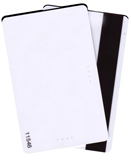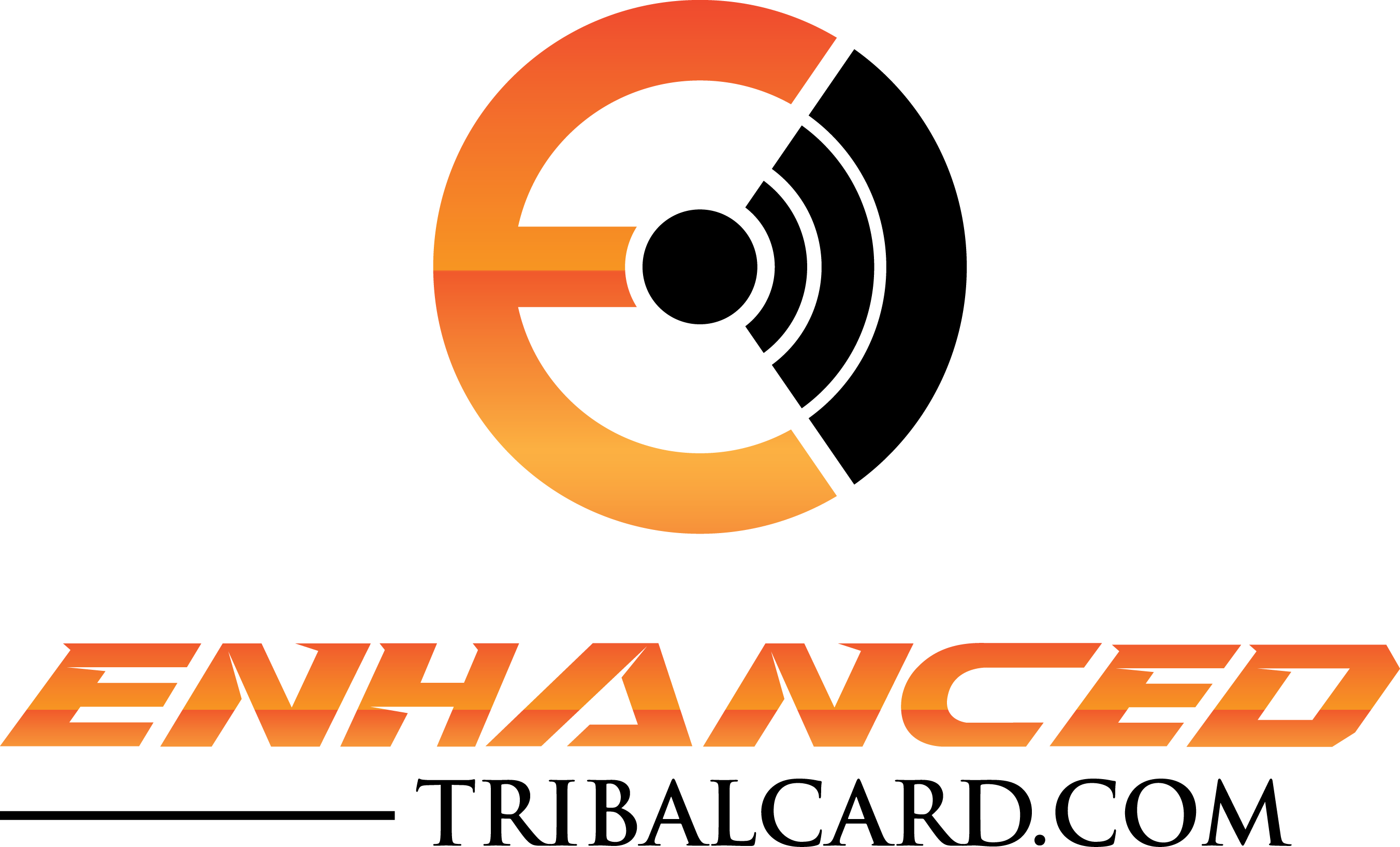How can an electronic device with no power of its own transmit information?
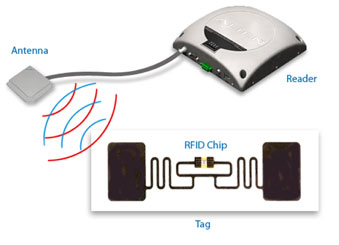 Electric currents generate magnetic fields, and magnetic fields can induce electric currents. The induction field or near field is the region closest to the source of the electric current flow. The radiation field or far field is the region beyond the induction field. Both induction field and radiation field energy can power passive RFID tags, depending on the frequency.
Electric currents generate magnetic fields, and magnetic fields can induce electric currents. The induction field or near field is the region closest to the source of the electric current flow. The radiation field or far field is the region beyond the induction field. Both induction field and radiation field energy can power passive RFID tags, depending on the frequency.
Tags that are activated and communicate within the induction or near field are located within one wavelength of a reader’s antenna for a given frequency. Low Frequency (LF) and High Frequency (HF) systems generally have enough power in the inductive fields to power the passive tags. Outside the inductive field, the radiation field generated by the low and high frequencies usually does not produce enough power to activate its tags. LF and HF RFID systems are short range read distance technologies measured in inches of communication distance.
In ultra high frequency (UHF) and microwave frequencies, the radiation fields usually power the tags. Tags that are excited and communicate within the radiation or far field are located more than one full wavelength away from the signal source. Passive UHF tags are a longer read distance technology measured in feet.
Low Frequency
Low frequency (LF) RFID systems use primarily 125 KHz near field communication. LF RFID is used most commonly for physical access control systems where employees flash their badge at a door controller to gain access to secure areas.
 Download DownloadCompatibleProx |
P3 makes a number compliant RFID cards for common access control systems, including HID Global Proximity compatible cards. Prox compatible cards can be customized with logos, magnetic stripes, signature panels or even holograms. Bit-Patterns available are: 26, 34, 35, 36 and 37.
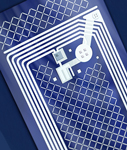 High Frequency
High Frequency
High Frequency (HF) RFID systems use 13.56MHz near field communications. Most common HF applications involve item level management that predate the newer UHF near field communication solutions or that require more security or tag memory than standard UHF EPC Gen2 features. Library RFID systems commonly use HF technology, although newer, library systems have evolved around UHF tags for books and even RFID library cards. In the United States, hotel door cards commonly contain High Frequency chips. Contact us now for RFID Hotel key cards!
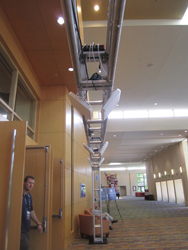 Ultra High Frequency
Ultra High Frequency
UHF systems are most commonly known for EPC Gen2 (Electronic Product Code Generation 2) uses within supply chain management logistics. UHF tags share RF spectrum with cell phones and other powered radio transmitting devices, therefore UHF cards and tags operate between 866MHz and 950MHz depending on specific country regulations surrounding these different devices. The higher frequency of UHF RFID affords inherent fast communication speeds between tag and readers. The EPC Gen2 air communication protocol between tags and readers was designed for maximal ability to read many tags quickly in a reader's large interrogation zone. UHF RFID has a unique compatibility with both near field and far field energy sources making tags reliably readable in short distances and long distances to about a 30 foot maximum under ideal conditions. UHF system performance when energized in the far field are more susceptible to the effects of nearby materials such as water making practical, expected read distances closer to 10 feet or less.
 Download DownloadRFID Privacy |
UHF RFID applications originated in supply chain, but have migrated into many other uses where a longer read distance is advantageous, such as asset and people awareness.
P3 is proud to have launched the first ETC card in the United States for the Pascua Yaqui Tribe. To find out more, visit http://enhancedtribalcard.com/.




